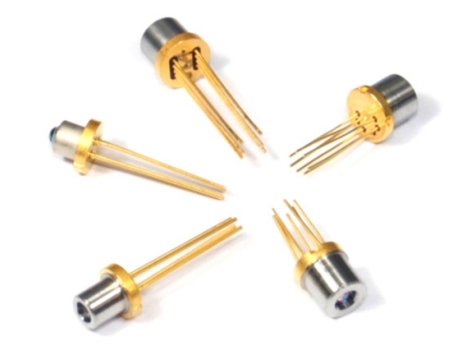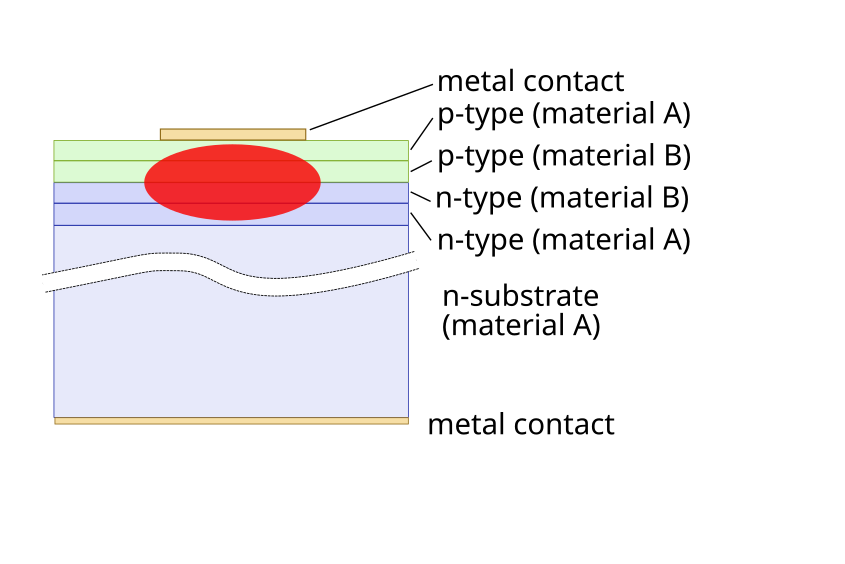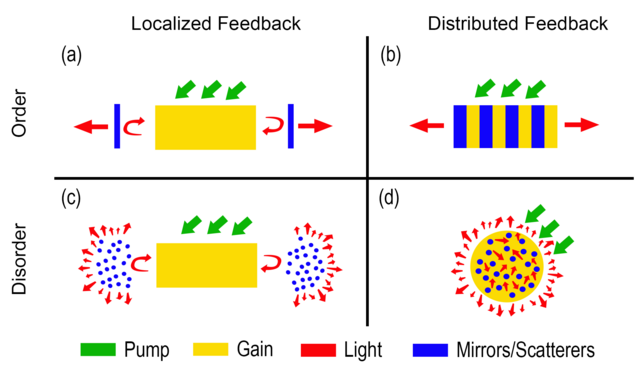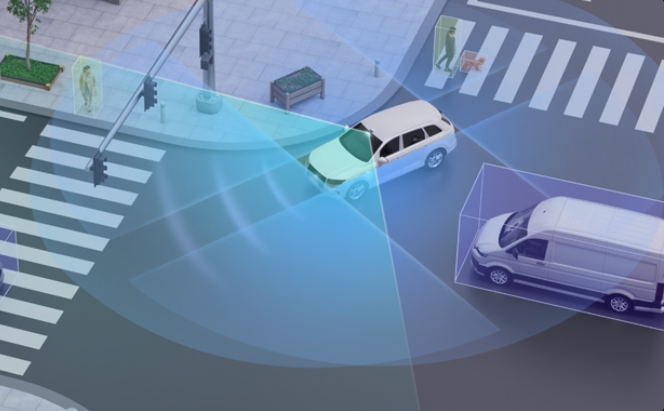LiDAR Technology
LiDAR (Light Detection and Ranging) technology has undergone remarkable advancements since its inception. Initially developed for military applications, LiDAR has now become a cornerstone in fields ranging from autonomous vehicles to environmental monitoring. Early systems relied on bulky equipment and limited computational power, making them costly and less accessible. However, recent breakthroughs in photonics and data processing have driven significant miniaturization and cost reductions. Modern LiDAR systems offer enhanced resolution, faster data acquisition, and broader adoption across industries.
One of the key milestones in LiDAR's evolution is the diversification of its applications. In autonomous vehicles, LiDAR enables real-time 3D mapping and obstacle detection, ensuring safety and precision. Environmental monitoring has also benefited, with LiDAR providing detailed topographic maps and vegetation analysis. The growth of LiDAR's ecosystem is underpinned by advancements in laser sources, including the optimization of specific wavelengths such as 915nm and 1550nm, which are critical to many applications.
915nm and 1550nm: Essential Wavelengths in LiDAR
The choice of laser wavelength is pivotal in LiDAR system design, as it affects performance, safety, and cost. Two commonly used wavelengths are 915nm and 1550nm, each offering unique advantages.
915nm Wavelength: This wavelength is popular for its cost-effectiveness and compatibility with silicon-based detectors. Systems operating at 915nm benefit from mature technology, making them widely accessible and reliable. Additionally, this wavelength falls within the near-infrared region, providing good penetration through certain atmospheric conditions such as fog and dust. However, its relatively lower eye safety threshold limits its power output, which can restrict its range and effectiveness in long-distance applications.
1550nm Wavelength: Operating in the shortwave infrared spectrum, 1550nm systems offer several advantages over 915nm. One key benefit is their higher eye safety threshold, allowing for the use of higher power lasers. This capability extends the detection range, making 1550nm LiDAR suitable for applications requiring long-distance scanning, such as surveying and military reconnaissance. Furthermore, this wavelength exhibits lower susceptibility to solar interference, enhancing performance in bright conditions. However, the cost of 1550nm systems is generally higher due to the need for specialized detectors and laser sources.
The selection between 915nm and 1550nm wavelengths depends on specific application requirements. While 915nm excels in cost-sensitive and compact designs, 1550nm is preferred for high-performance systems demanding greater range and power.
Conclusion
As LiDAR technology continues to evolve, the importance of selecting the right wavelength cannot be overstated. The interplay between performance, cost, and safety drives innovation in laser sources and system design. With the increasing demand for LiDAR in diverse sectors, ongoing research into new materials, advanced photonics, and integration methods will likely lead to even more sophisticated and efficient systems. Both 915nm and 1550nm will remain integral to LiDAR's future, enabling breakthroughs in technology and applications that shape our world.
 TO Packages
TO Packages
 Semiconductor Laser
Semiconductor Laser
 DFB Laser
DFB Laser
 LiDAR Technology
LiDAR Technology
